What is Ayurveda ?
Ayurveda is an ancient system of life (ayur) knowledge (veda) arising in India thousands of years ago. Ayurveda theory evolved from a deep understanding of creation. The great rishis or seers of ancient India came to understand creation through deep meditation and other spiritual practices. The rishis sought to reveal the deepest truths of human physiology and health. They observed the fundamentals of life, organized them into an elaborate system, and compiled India’s philosophical and spiritual texts, called Veda of knowledge.
Ayurveda greatly influenced health care practices in the east and the west. By 400 AD Ayurveda works were translated into Chinese; by 700 AD Chinese scholars were studying medicine in India at Nalanda University. Chinese medicine, herbology and Buddhist philosophy were also impacted by Ayurveda knowledge. Having passed the test of experience it remains essentially the same now as at its inception, although numerous commentators over the centuries have added insight with their analyses.
The philosophy of Ayurveda teaches a series of conceptual systems characterized by balance and disorder, health and disease. Disease/health results from the interconnectedness between the self, personality, and everything that occurs in the mental, emotional, and spiritual being. To be healthy, harmony must exist between the purpose for healing, thoughts, feelings and physical action.

Ayurveda has three broad themes of treatment. These are elimination therapies (shodana or Panchakarma), pacification therapies (shamana), and nourishing therapies (bhrimana).Panchakarma includes nasal administration for vata, pitta and kapha, medicated enemas for vata, purgation and bloodletting for pitta, and vomiting for kapha. Symptomatic treatment of this type of disease is not effective in bringing a cure. Pacification strategies, or balancing with opposites, include diet, lifestyle, herbs, meditation, yoga, and so on. Nourishing therapies are used when strength or emaciation issues are being treated.
The model of disease development in Ayurveda describes six stages. Knowledge of the symptomatology of each stage for each dosha enables the practitioner to properly diagnose and treat the disease. This knowledge shows how a common cold becoming chronic may become asthma or congestive heart failure; or how multiple sclerosis starts with worry, constipation and the need to control and ends with degenerative changes in challenged nervous tissue. The classification of the western disease scheme manifests in the fourth stage of the development of disease according to Ayurveda. This knowledge enables the Ayurveda practitioner to prevent the serious diseases indicated in the western classification of disease.
16 Most Important Healing Ayurveda Treatments - Massage Therapies
Ayurveda healing process depends mainly on holistic self-healing through purgation of toxins of the body and administering of herbal oils and medicines. The treatments involve massages, therapies, herbal medicines, proper diet and exercise. The benefits of Ayurveda are so powerful that even in the 21st Century; these treatments are extremely popular among health conscious people.
Purvakarma
Next is Virechana, or purgation therapy which removes excess Pitta from the body and purifies the blood to treat the problems of skin rashes, acne, pimples, inflammation, biliary vomiting, Jaundice, digestive disorders, headache and certain gynaecological disorders. The procedure involves oleation, fomentation and emesis followed by a medicated steam bath every day for 3 days along with a light and warm diet.
This procedure cleanses the major organs of the body-small intestines, colon, kidney, stomach, liver and spleen. The herbs used in this treatment along with milk, mango juice, castor oil and raisins work as a laxative that is beneficial for the patient.
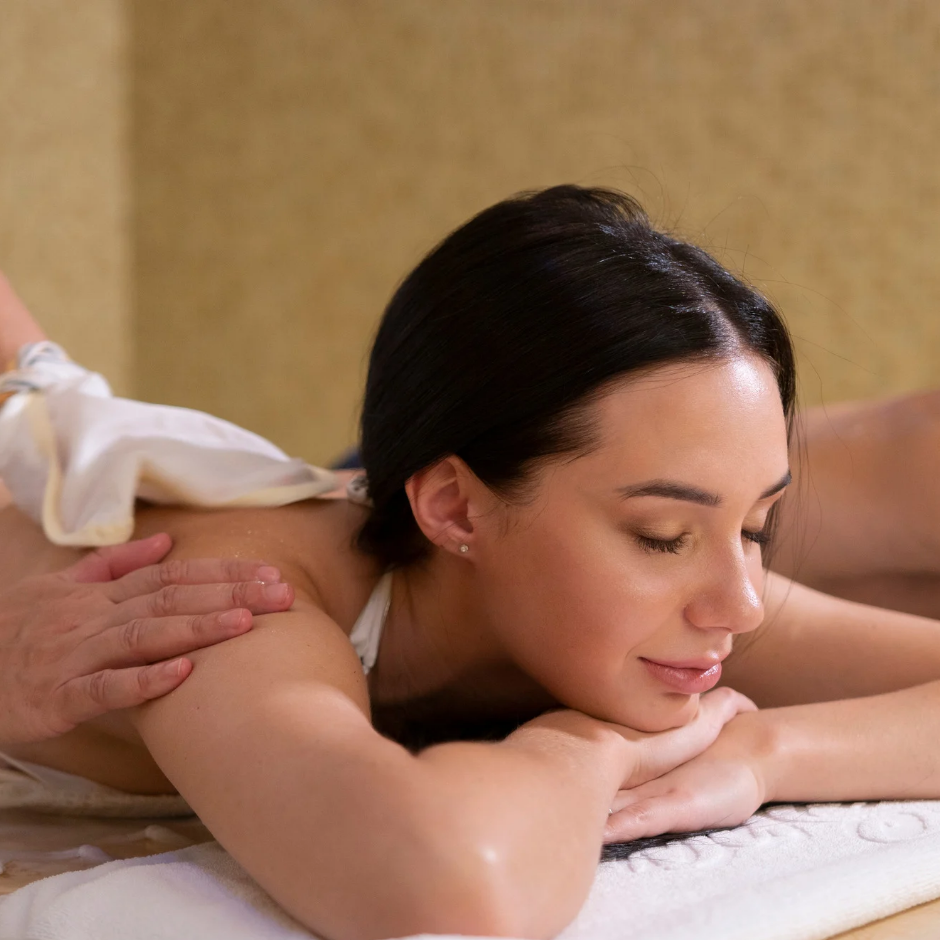
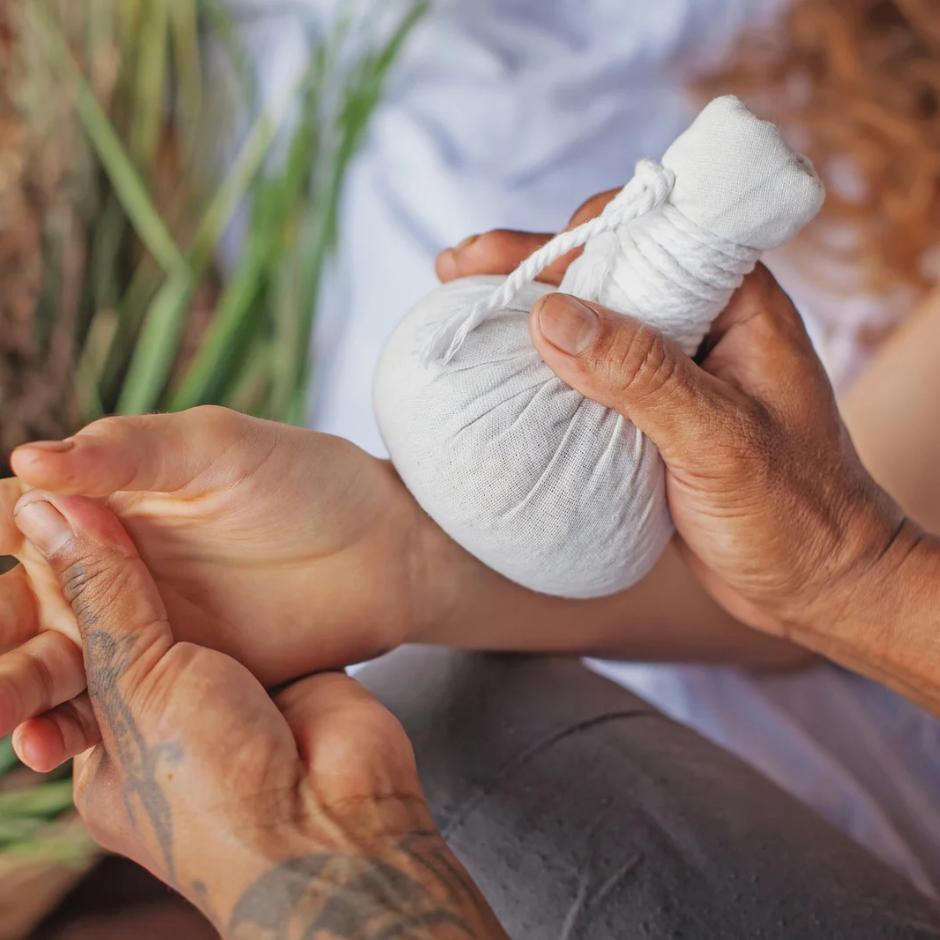
Swedana
Swedana or sweating is done on a daily basis for 3 to 7 days and the process follows Snehana – Abhyanga. In this process, herbal decoction infused steam in applied to the body to make it sweat and liquefy the toxins which lead to its release through the gastro-intestinal tract.
Snehana
Swedana or sweating is done on a daily basis for 3 to 7 days and the process follows Snehana – Abhyanga. In this process, herbal decoction infused steam in applied to the body to make it sweat and liquefy the toxins which lead to its release through the gastro-intestinal tract.
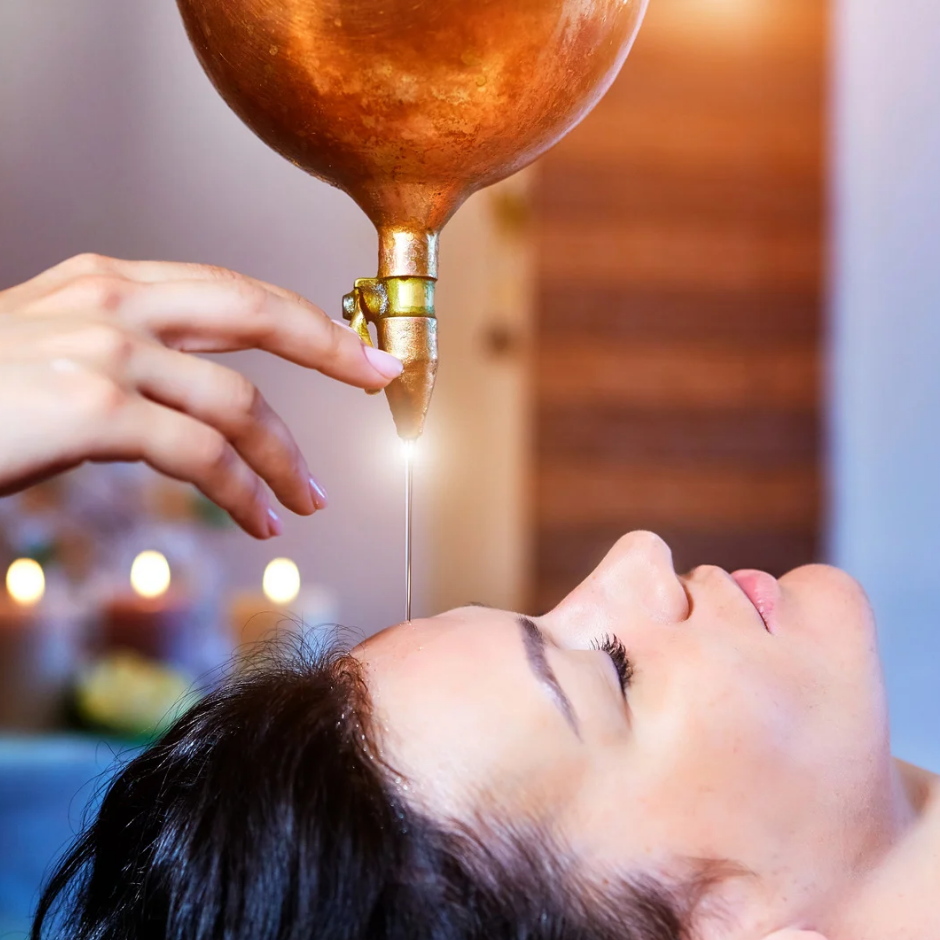
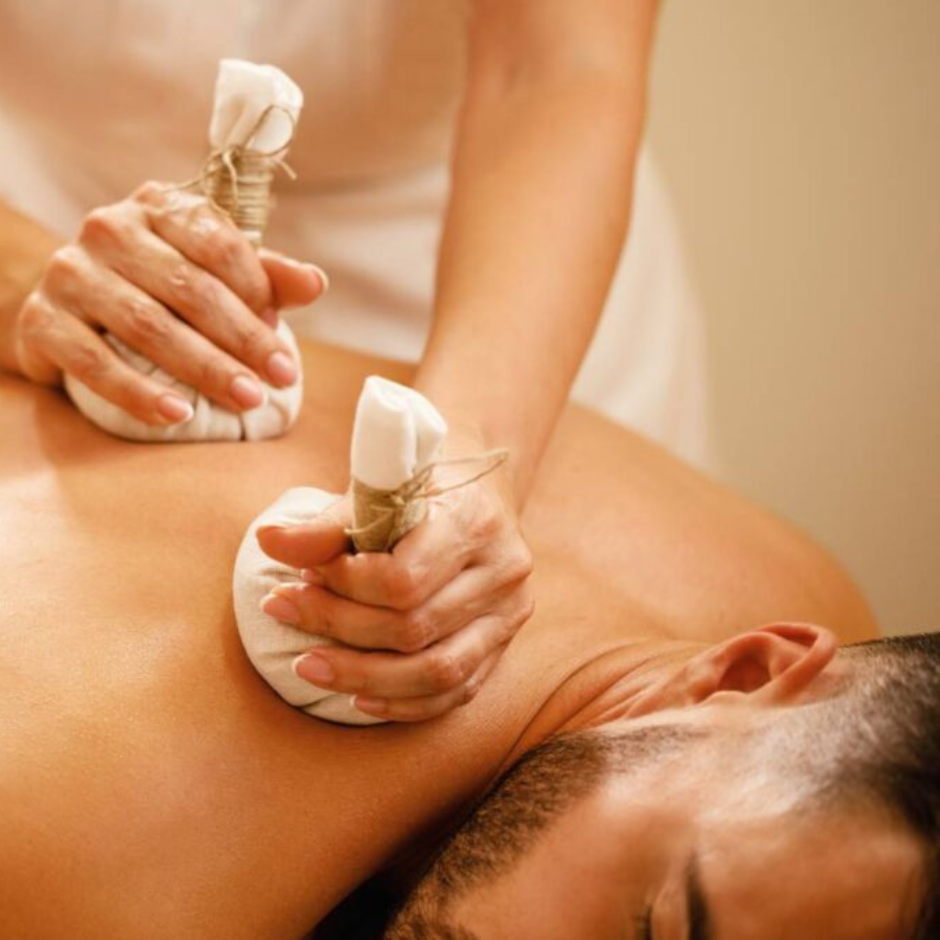
Panchakarma
Panchakarma is a Sanskrit term used in Ayurveda treatment. Ayurveda. Panchakarma involves five therapeutic treatment methods that are used to purify the body and remove toxins from the system. It is equally effective in case of both healthy and unhealthy individuals. While the unhealthy person gets rid of the chronic diseases, the healthy person becomes fit enough to prevent diseases and stay physically and mentally fit.
The history of Panchakarma dates back to 5000 B.C and it has been designed as a treatment method based on medicine and diet. This procedure follows five steps for removing the deep-seated impurities from the body and balances the Doshas- the forces that rule all biological functions. The five parts of Panchakarma are Vamana, Virechana, Vasti, Raktamokshana and Nasya. Ayurveda treatment centers such as Kerala Ayurveda health care specialize in providing this treatment.
Virechana
Next is Virechana, or purgation therapy which removes excess Pitta from the body and purifies the blood to treat the problems of skin rashes, acne, pimples, inflammation, biliary vomiting, Jaundice, digestive disorders, headache and certain gynaecological disorders. The procedure involves oleation, fomentation and emesis followed by a medicated steam bath every day for 3 days along with a light and warm diet.
This procedure cleanses the major organs of the body-small intestines, colon, kidney, stomach, liver and spleen. The herbs used in this treatment along with milk, mango juice, castor oil and raisins work as a laxative that is beneficial for the patient.
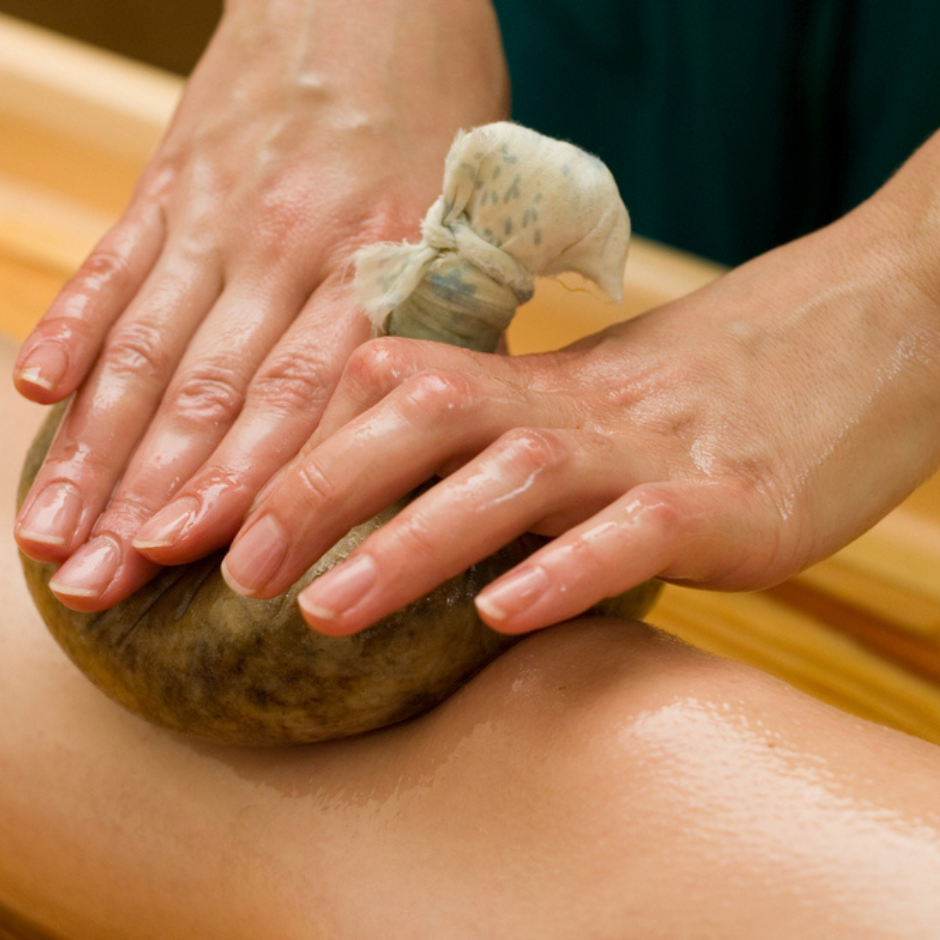
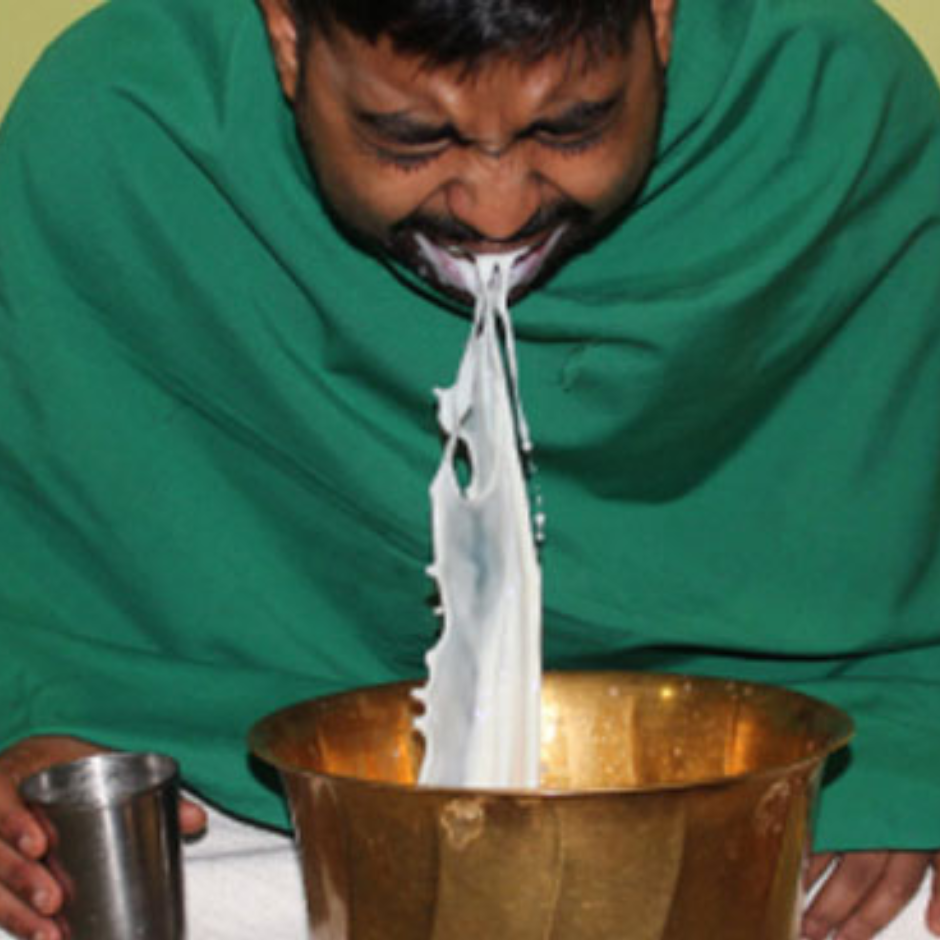
Vamana
Vamana is the first step of Panchakarma that involves Emesis therapy. It is an Ayurveda procedure of therapeutic vomiting that helps in eliminating excess Kapha or mucus that is the root cause of diseases such as bronchitis, asthma, sinusitis, cough and cold, etc. It also helps in treating the skin problems of psoriasis, eczema and urticaria.
Vamana is also an effective Ayurveda treatment for diabetes, nausea, food poisoning and tonsillitis. Most Ayurveda practitioners administer Vamana therapy to cure various diseases.
Vasti
Vasti or Basti is a medicated Enema treatment that is extremely beneficial for rejuvenating convalescence and treating neuromuscular and musculoskeletal disorders, infertility, sexual debilityand other conditions. The term “Basti” stands for a pouch or bag. The procedure involves introducing Ayurveda liquid and herbal concoctions made of oils and milk through the perineum or anus or the vaginal opening in women in order to cleanse and heal the lower part of the body and remove the toxins accumulated in this part through the colon and urinary tract. This Ayurveda treatment helps in relieving kidney stones, backache, chronic fever, cold, constipation, sciatica and joint pains. There are primarily two types of Basti – Anuvasana Basti that uses medicated oil enemas and Niruha Basti that uses enema made from a combination of medicated oils and herbs.
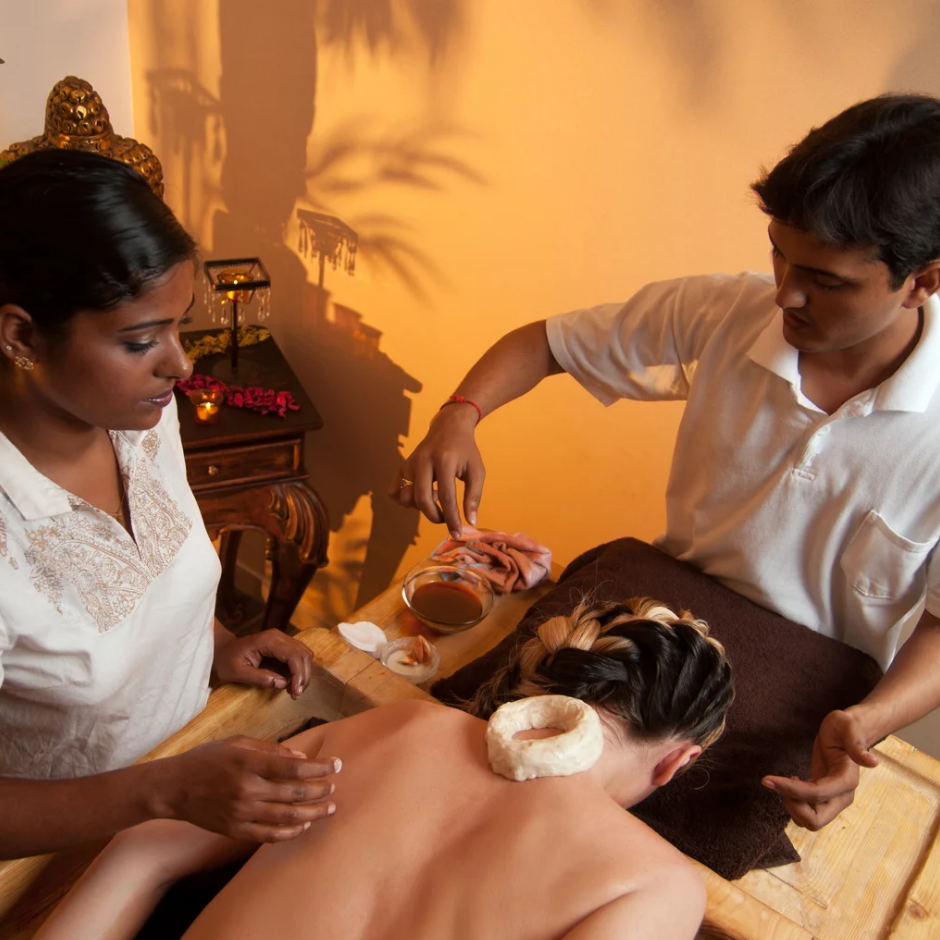
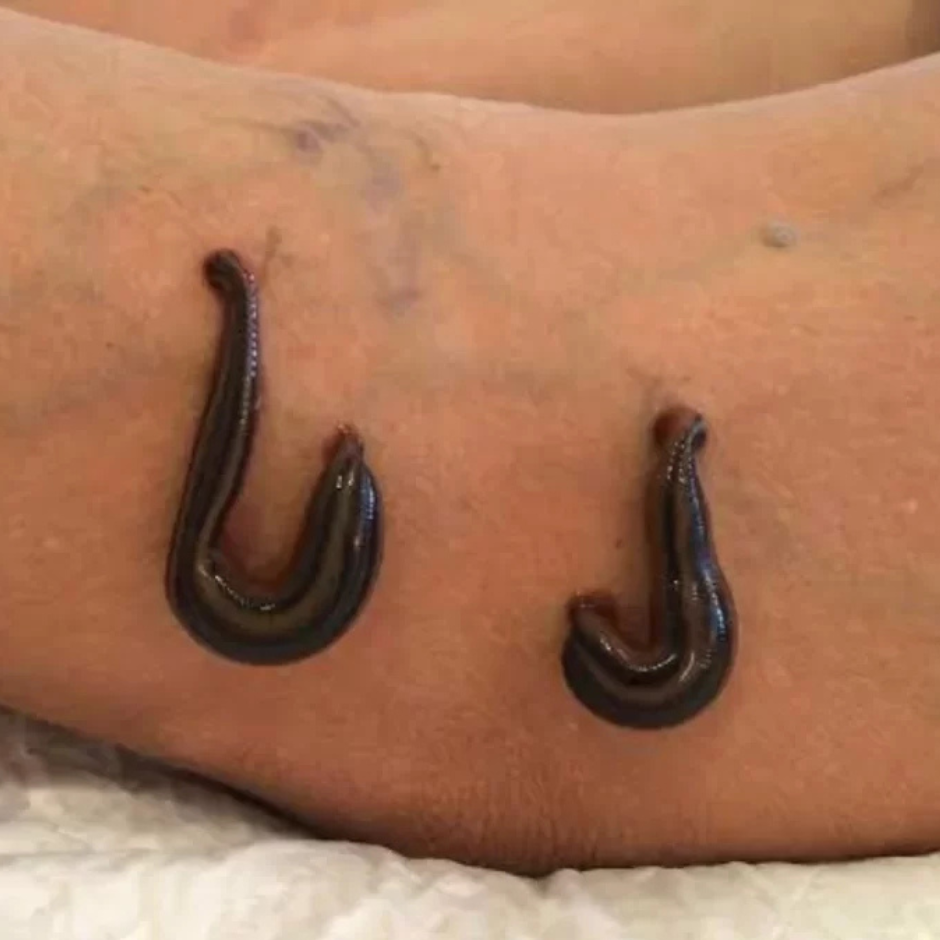
Raktamokshana
Raktamokshana, which means ‘to let out the blood’ is a bloodletting procedure and effective blood purification therapy that helps in neutralizing the accumulated Pitta in the blood. This Ayurveda treatment is especially effective in treating haemo pathological conditions, skin disorders and skin allergies. It is a localized treatment and usually not more than 10 to 40 ml of blood is removed at a time. There are two main types of Raktamokshana – Shastra Visravana and Anushastra Visravana.
In Shastra Visravana the blood is let out using surgical instruments through multiple incisions (Pracchana) or Venepuncture (Siravyadha). In Anushastra Visravana, the blood is let out through organic instruments such as application of Leeches (Jalaukavacharana), sucking the blood through cow’s horn (Shrungavacharana) and extracting of blood using a vegetable called Alabu/bottle gourd (Alabu).
Nasya
Nasya or nasal administration is a procedure of cleaning the accumulated Kapha from the head and neck region. At first, the face, head and chest is massaged thoroughly using certain herbal oil which promotes perspiration. This procedure is followed by administering of certain Ayurveda oils and powders through the nostrils.
The excess mucus accumulated in the throat, sinus, throat and head is drained out through the nearest opening – the nose. This treatment helps in treating sinusitis, headaches, migraine, Rhinitis, facial palsy, paralysis, insomnia, frozen shoulder and neurological dysfunctions. It is also effective in improving eyesight and memory.
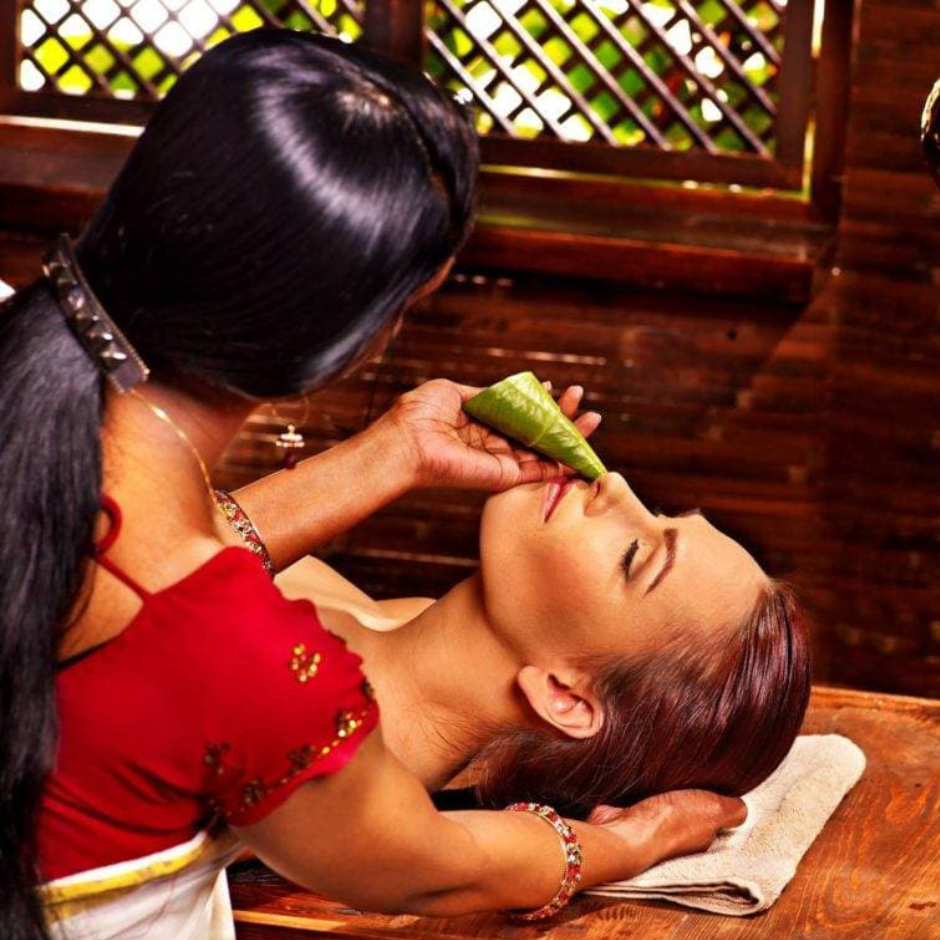
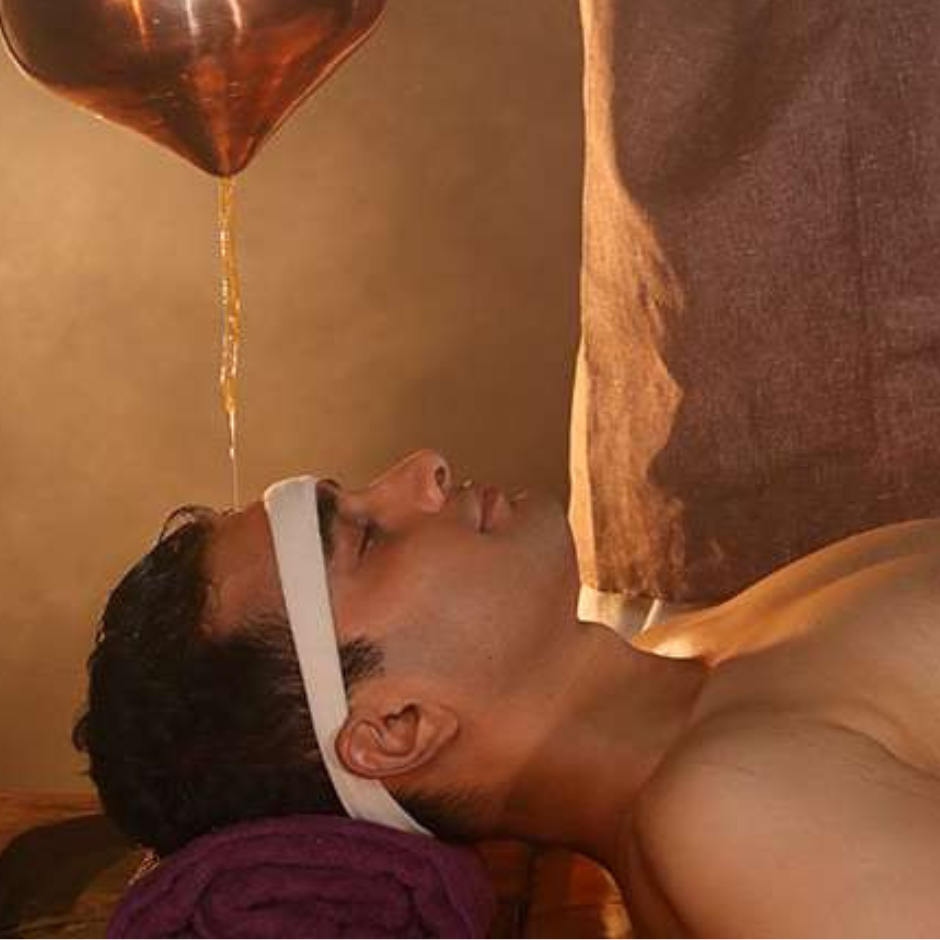
Dhara
Nasya or nasal administration is a procedure of cleaning the accumulated Kapha from the head and neck region. At first, the face, head and chest is massaged thoroughly using certain herbal oil which promotes perspiration. This procedure is followed by administering of certain Ayurveda oils and powders through the nostrils.
The excess mucus accumulated in the throat, sinus, throat and head is drained out through the nearest opening – the nose. This treatment helps in treating sinusitis, headaches, migraine, Rhinitis, facial palsy, paralysis, insomnia, frozen shoulder and neurological dysfunctions. It is alsoeffective in improving eyesight and memory. Dhara is an exceptionally relaxing Ayurveda therapy in which a stream of soothing warm herbal oils, milk and buttermilk is poured on the head and various other body parts that help in soothing the nervous system and calming the mind. This therapy induces feeling of peace and happiness in the mind.
This treatment is effective in treating insomnia, chronic headache, insanity, hysteria, hallucinations and cervical spondylosis. Nethradhara is a special part of the Dhara treatment in which the eyes are washed with “Triphala kwatha” that helps in relieving eye disorders and relieving eye stress.
Pizhichil
Pizhichil or Thailadhara is the best Ayurveda treatment in Kerala, in which warm medicated oil is poured on the body along with gentle massage while the person is lying on a wooden plank. This treatment helps in strengthening the immune system of the body and is useful for rheumatic diseases, arthritis, neurological disorders, sexual weakness and blood pressure.
This relaxing and rejuvenating Ayurveda therapy also helps in relieving anxiety, stress and depression. It also maintains the youthfulness of skin and prevents skin aging.
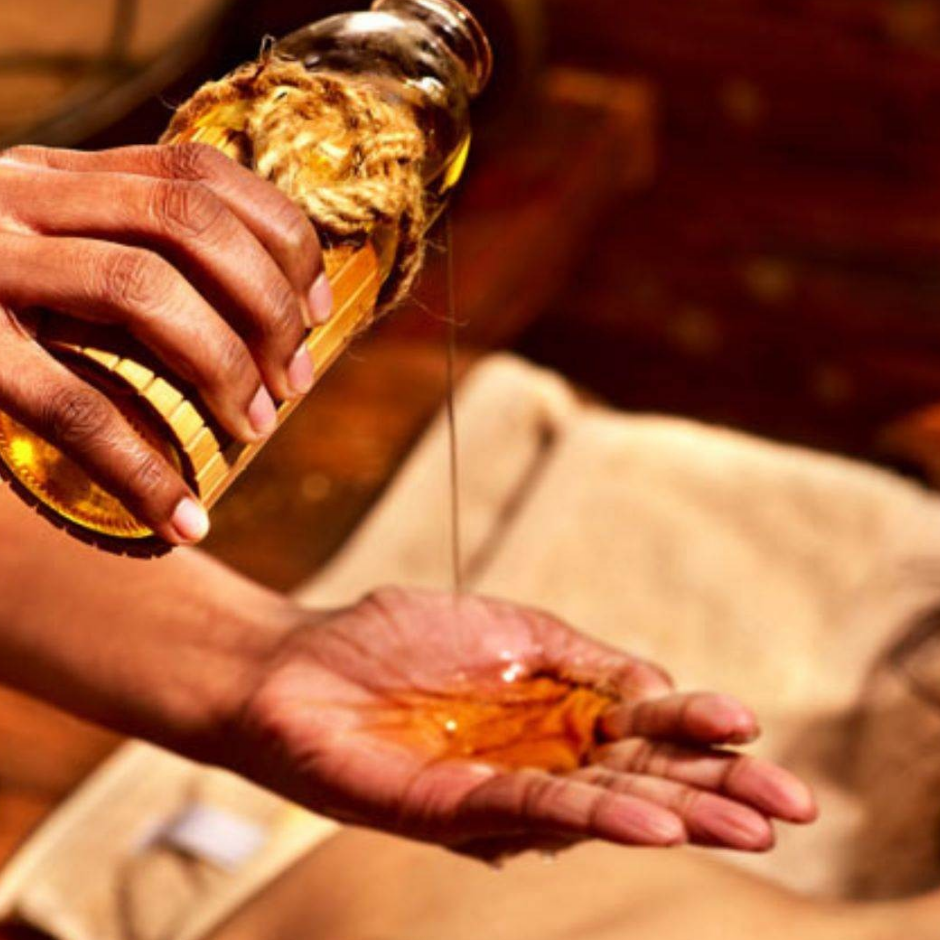
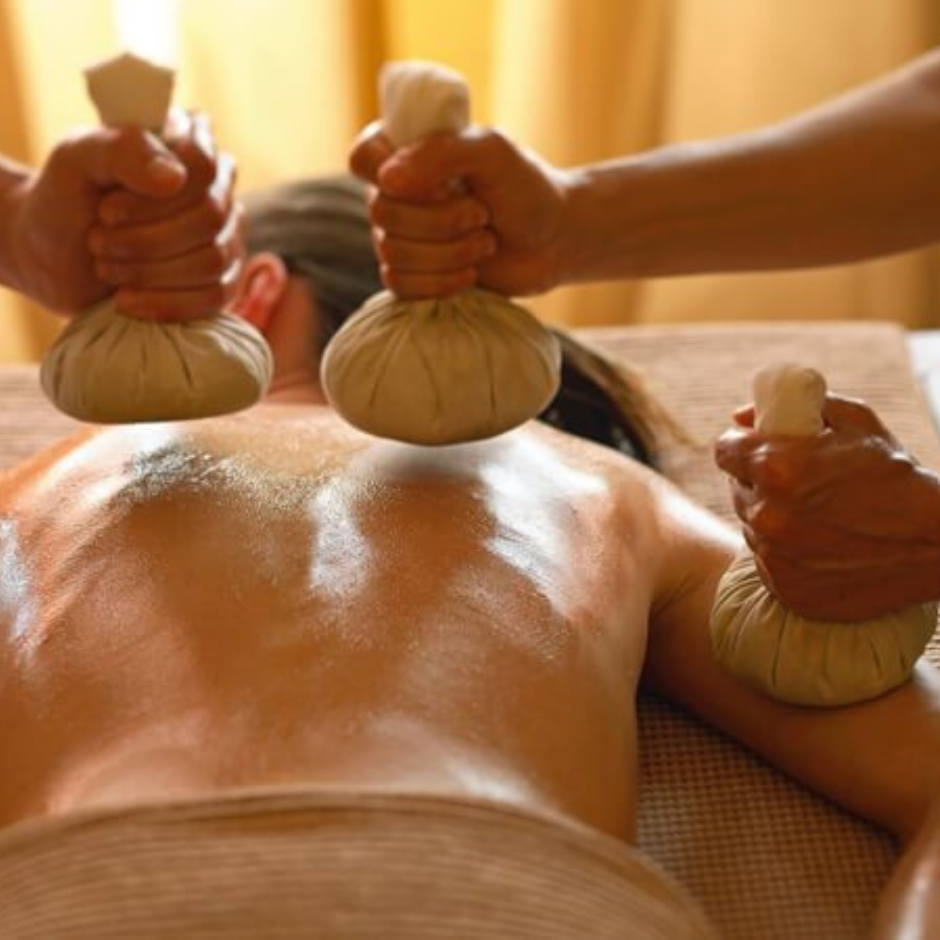
Kizhi
Kizhi is yet another purifying and rejuvenating Ayurveda treatment that heals the mind and body. Kizhi involves tying up of heated oils, herbs and powders into small muslin bags or “Potli” that are placed on different body parts using varying degree of pressure with a special focus on the nerve points. This is followed by a healing massage done using fingers and palms of the hands. The fingers and palms apply controlled pressure on specific areas that help in treating various ailments.
This therapy follows the process of perspiration induced body scrub followed by a rejuvenating bath. Navarakizhi is a special Kizhi therapy that helps in treating muscular pain arthritis, paralysis, sore muscles and general weakness. It is also helpful for regulating high blood pressure and cholesterol levels.
Udhwarthanam
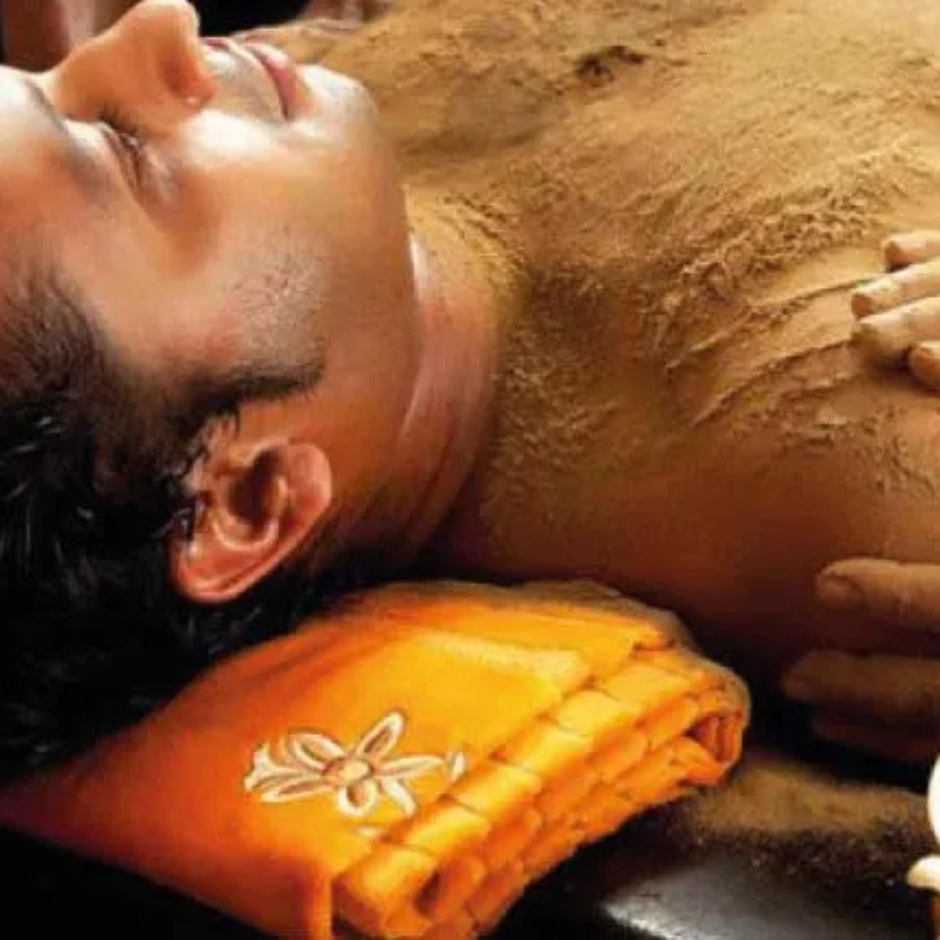
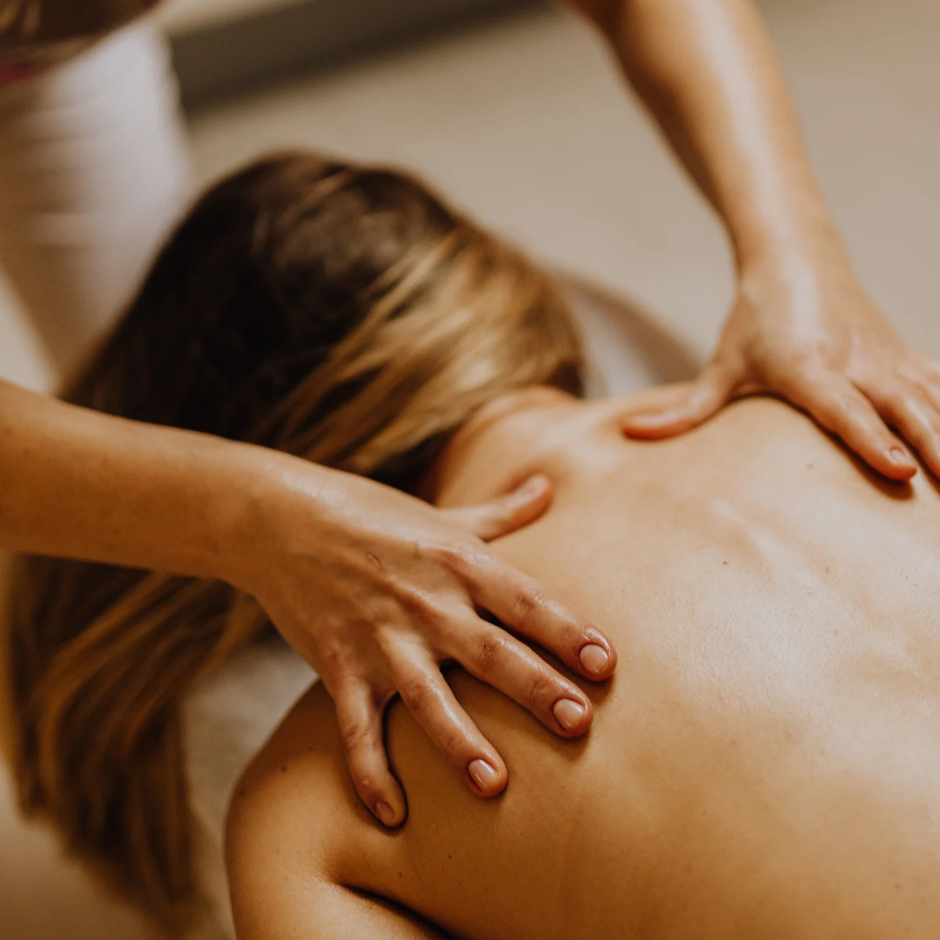
Sirolepanam
Sirolepanam or Thalapothichil is a traditional Ayurveda treatment for hair care that provides a complete solution to all hair problems. It reduces hair fall, stimulates the hair follicles to promote hair growth and improves shine of the hair strands. In this process, the relaxing and rejuvenating process, the scalp is first massaged using prescribed oils. The massage is followed by application of medicated pastes, medicines and juices of herbs mixed with oils to head and the whole scalp.
The mixture comprises of Amalaki, Musta, Panchagandha, etc. that are ground well to bring about a thick consistency. After the application of the paste, the scalp is covered with lotus or plantain leaf and a hole in made at the center of the leaf for frequent application of oil. This treatment also helps in relieving psychiatric disorders, neurological disorders and vision impairment.
Bahya Vasti
Bhaya Vasti is an ancient Ayurveda treatment that involves the process of retaining a specific amount of lukewarm medicated oil on a specific area of the body for a fixed time. The oil is contained in a receptacle made of paste made of urad dal.
This process helps the medicated oil in penetrating the outer layer of the body and reaching the targeted muscles and organs. This healing procedure promotes complete rejuvenation of the body from within.
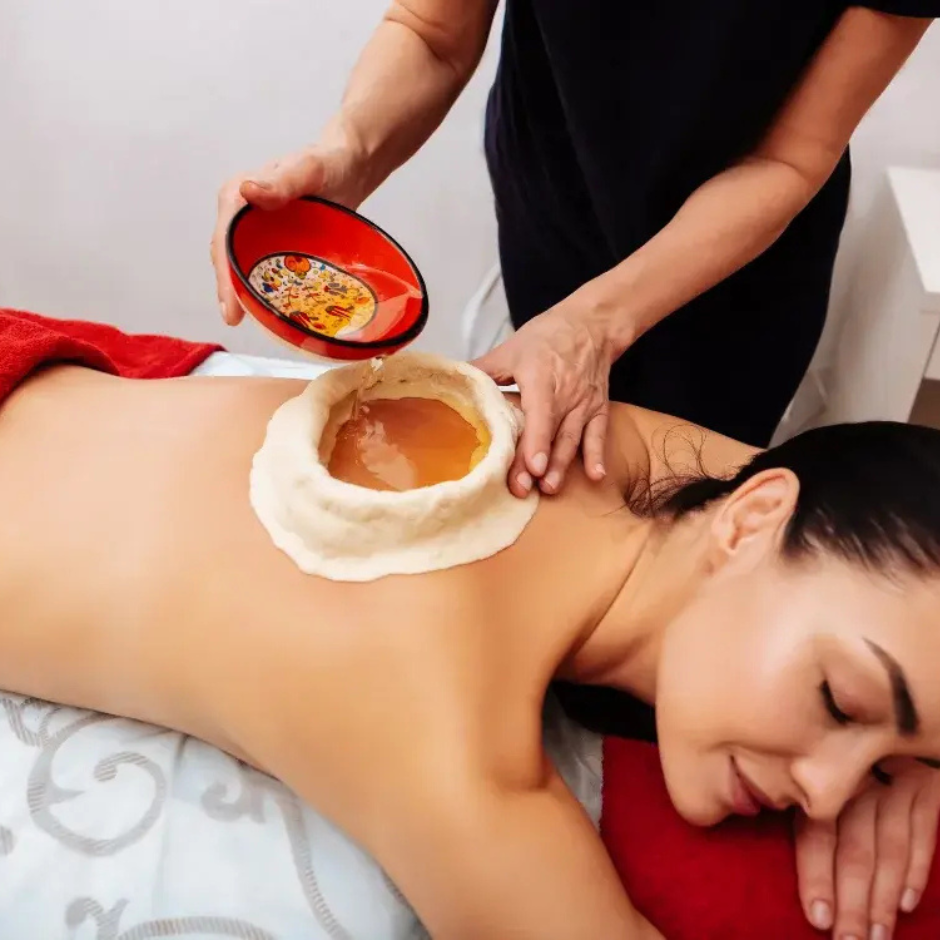
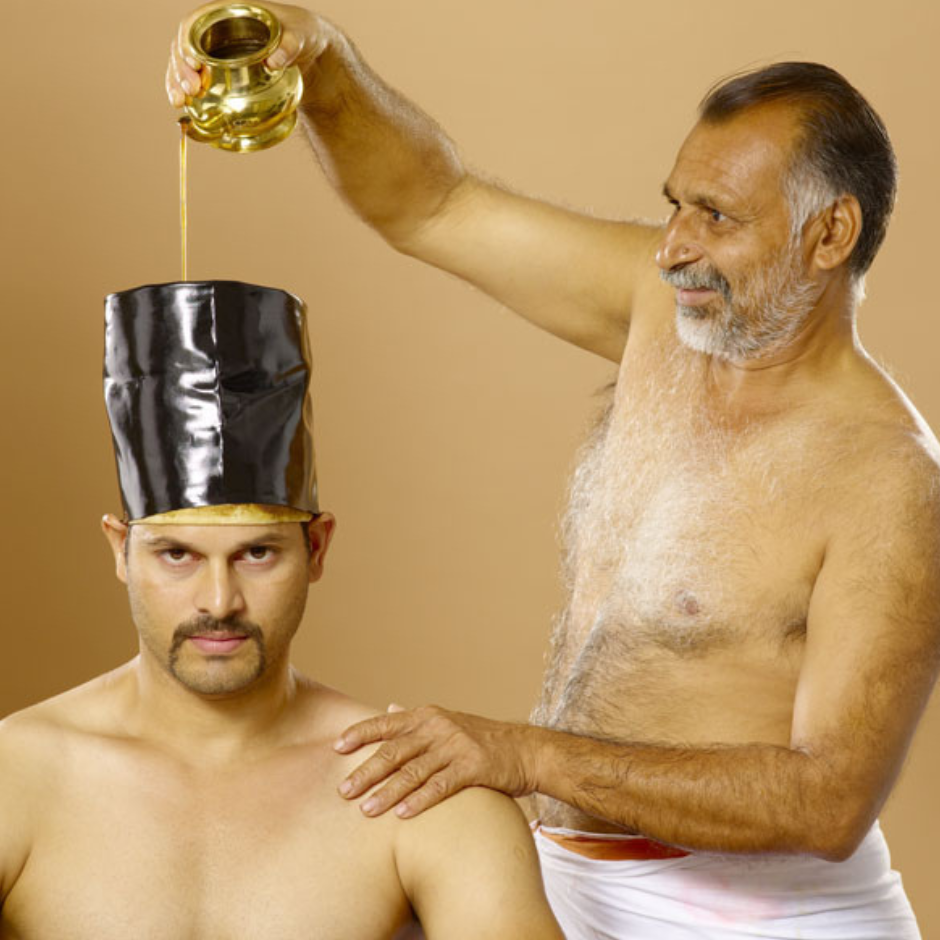
Sirovasthi
The Sirovasthi Ayurveda treatment involves retaining of medicated oils over the head for a certain period of time. In this procedure, a long leather cap is fixed on the head and secured at the temple suing a cotton cloth. The top end of the cap is open through with the warm medicated oil is poured into the cap and the scalp is allowed to soak this oil.
This treatment is exceptionally effective for treating facial paralysis, deafness, degenerative brain diseases like Parkinson’s, insomnia, stress and rheumatic diseases.
The session continues for 7 days and the oil is retained for 30 to 45 minutes every day for these 7 days.
Kati Vasti
Kati Vasti is an effective Ayurveda treatment for relieving lower back pain, one of the biggest health disorders of modern times. The waist area of the body is known as “Kati” in Sanskrit and this treatment involves the holding of warm Ayurveda oils over the lower back and spine region for a specific period of time. The patient is asked to lie face down on a wooden plank and 200-300ml of medicated oil is poured into a reservoir made on the lumbosacral area using black gram dough. The warm temperature of the oil is maintained by adding a small amount of oil throughout the treatment. The oil is kept in the region for 30 to 40 minutes, followed by gentle massage of the area and steaming for 15 minutes for better absorption of the medicinal oil into the body. The course lasts for 5 to 7 days. This treatment relieves numbness due to Sciatic nerve compression, strengthens the back muscles, reduces inflammation and alleviates pain associated with fracture and dislocation.
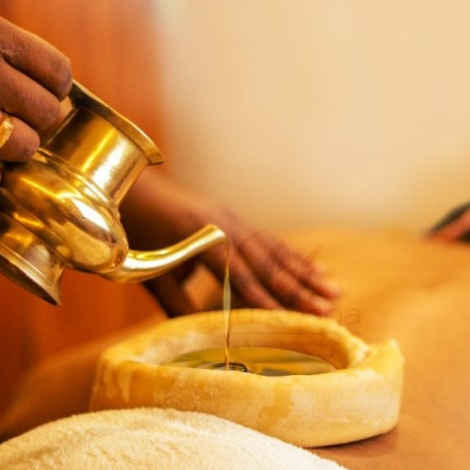
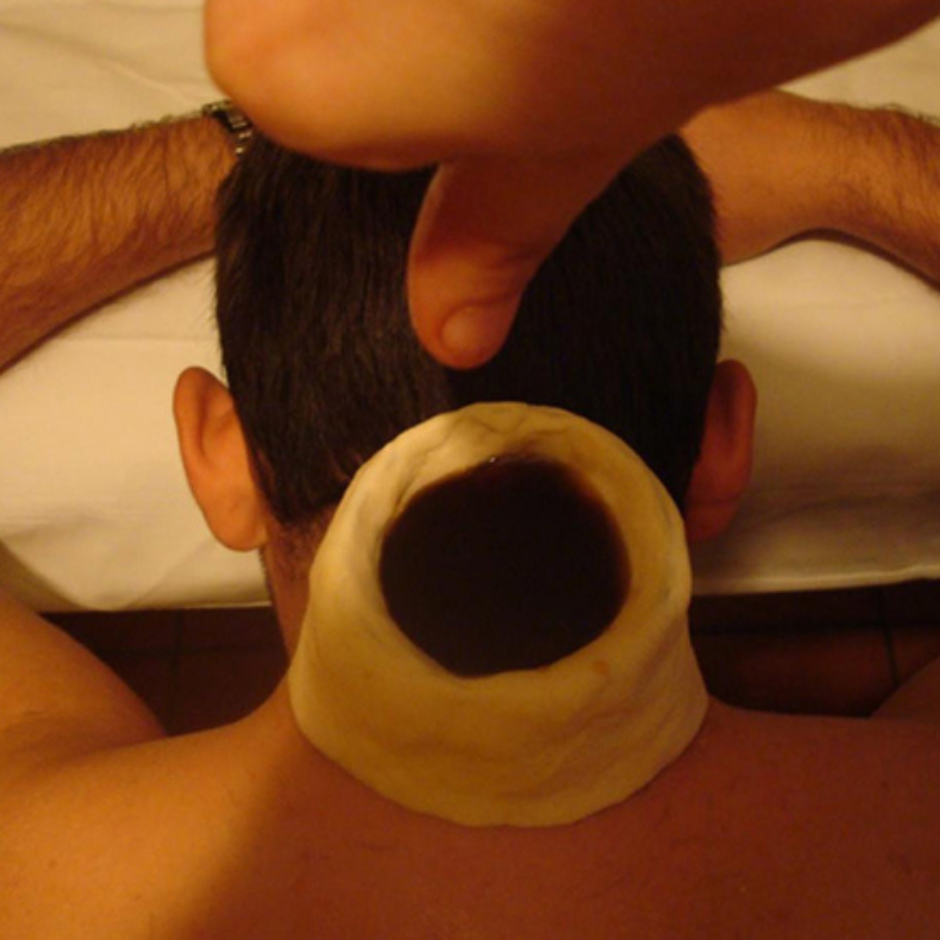
Greeva Vasti
Greeva Vasti treats the disorders related to the neck region. Greeva stands for neck and basti refers to the container. In this process, warm medicated oil is retained on the back of the neck using a reservoir made of black gram dough. The reservoir covers all the vertebrae of the neck along with 2 to 3 vertebrae of the thoracic region. The warm oil which is poured into the reservoir helps in alleviating neck pain and strengthens the bones and joint tissues.
The cold oil is soaked using a cotton gauge and warm is poured again. The entire procedure runs for 30 minutes. After removing the oil, the area is gently massaged using the same oil and the patient is asked to rest for some time. This treatment helps in relieving neck pain and stiffness, cervical spondylitis, shoulder pain and headache.
These are the 16 most important treatments of traditional Ayurveda that has been administered for ages to treat various diseases and ailments.
What our clients are saying about us
To successfully solve all the issues related to construction, we have established longterm and stable partnerships with various clients
John M.
Emily R
"I always wanted a rhinoplasty but found UK prices too high. A friend recommended a top-rated clinic in India, and it was the best decision of my life. The surgeon was highly skilled, and the entire experience, from airport pickup to post-surgery care, was seamless. I love my new look!"
Mark D.
"I saved over 70% on my dental implants by traveling to india. The clinic was modern, the dentists were highly qualified, and the service was exceptional. Plus, I got to enjoy a vacation in India Mumbai while recovering. Highly recommend!"
Sarah & Tom W.
"After years of struggling with infertility, my husband and I found hope in India. The clinic’s expertise, affordability, and personalized care made our journey smooth. We are now expecting twins, and we couldn’t be more grateful!"
Lena B., Berlin
"I traveled to Kerala for a two-week Ayurvedic detox retreat, and it was life-changing. The authentic treatments, peaceful environment, and holistic approach left me feeling rejuvenated. I will return every year!"








"I was hesitant about traveling abroad for surgery, but the professionalism and care I received exceeded my expectations. The Medlife staff in India was outstanding, and my knee replacement surgery cost a fraction of what it would have in the U.S. I’m back to walking pain-free and couldn’t be happier with my decision!"